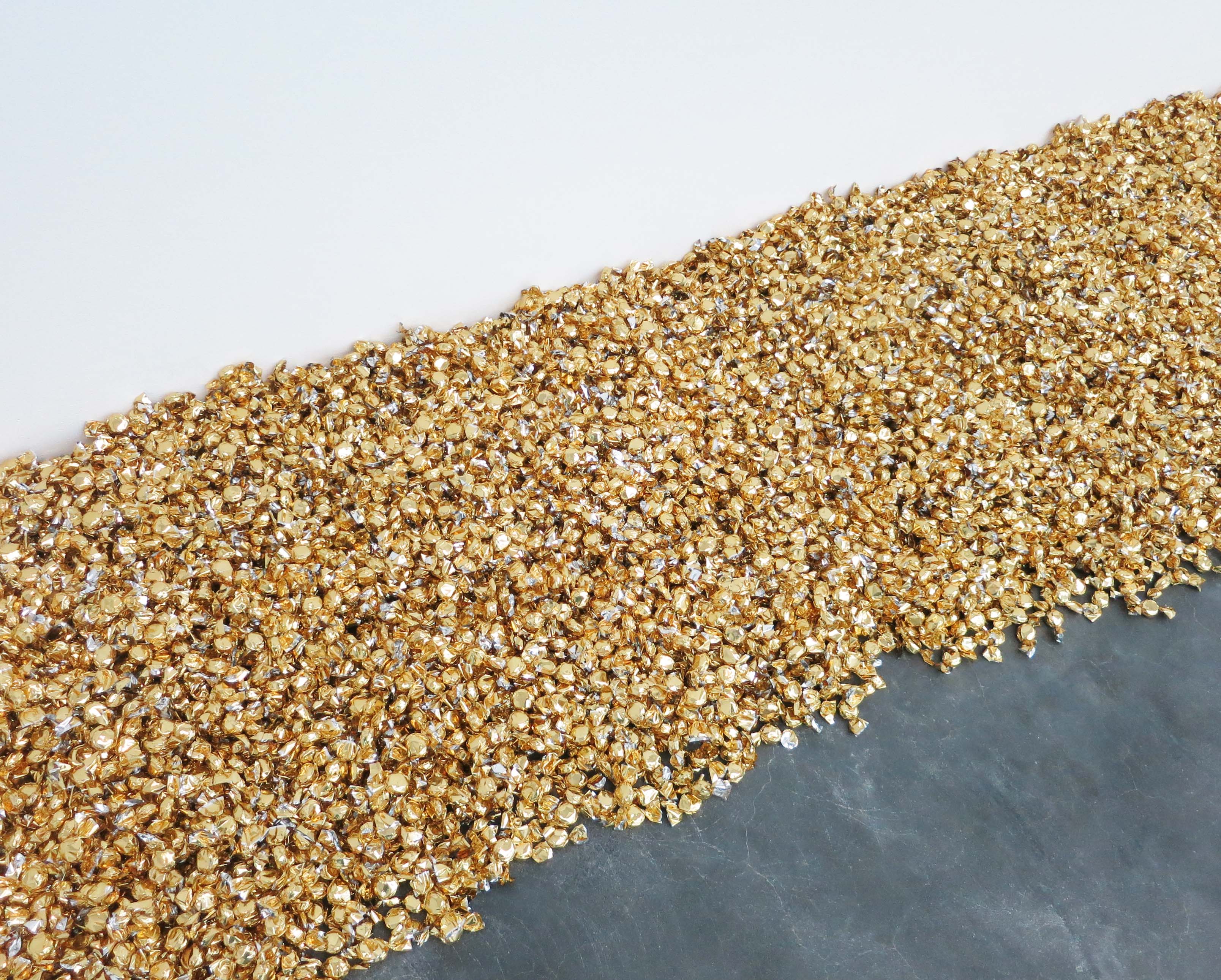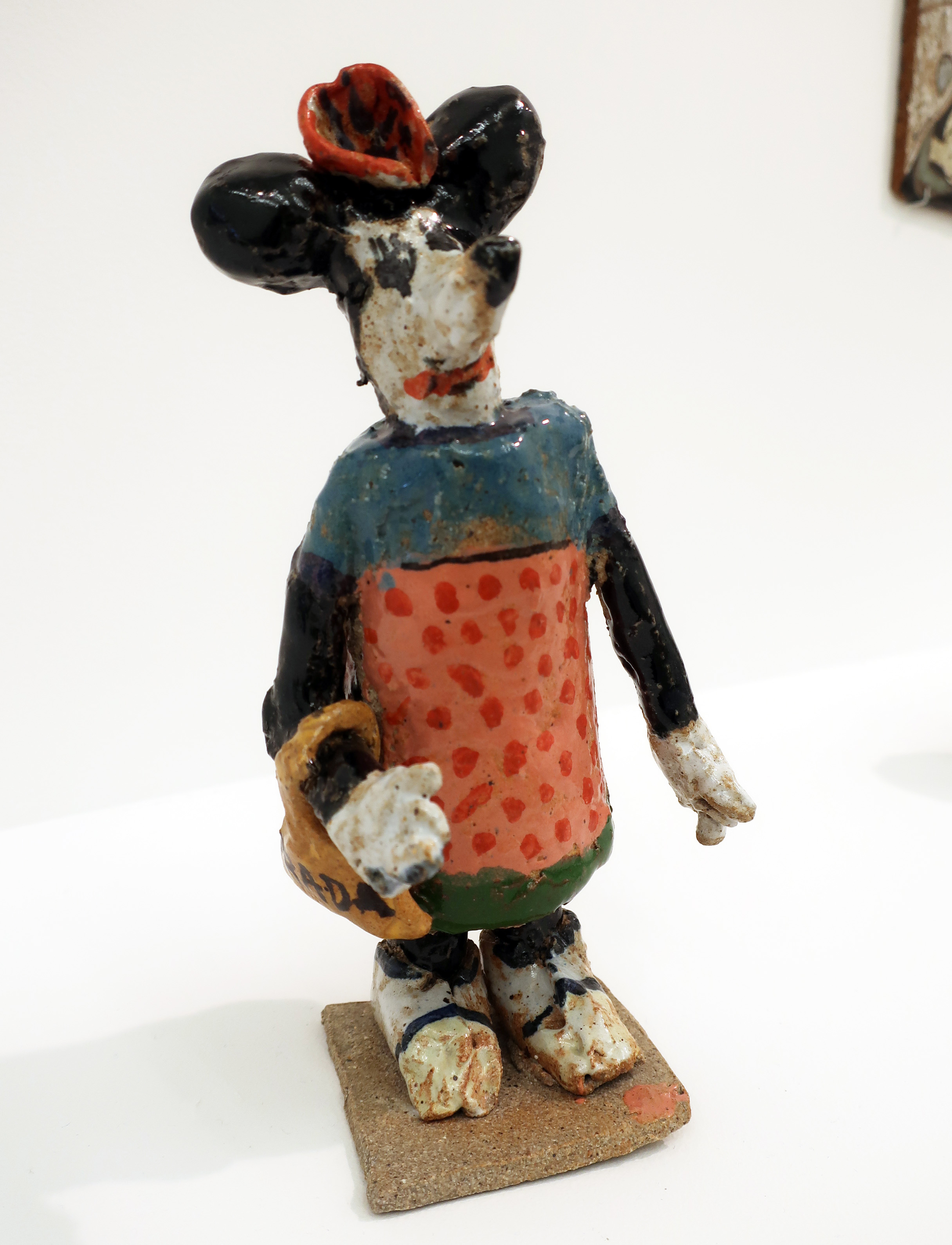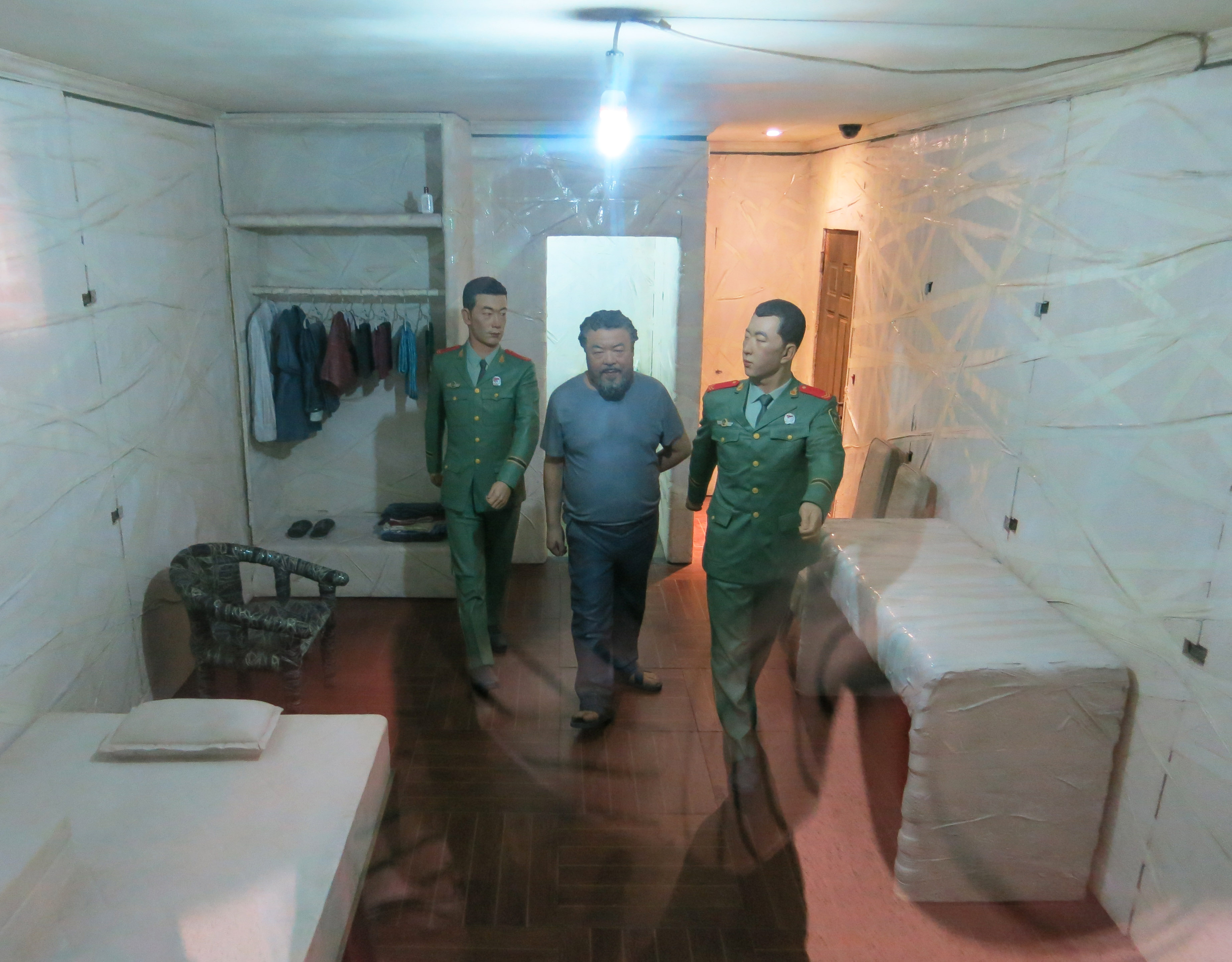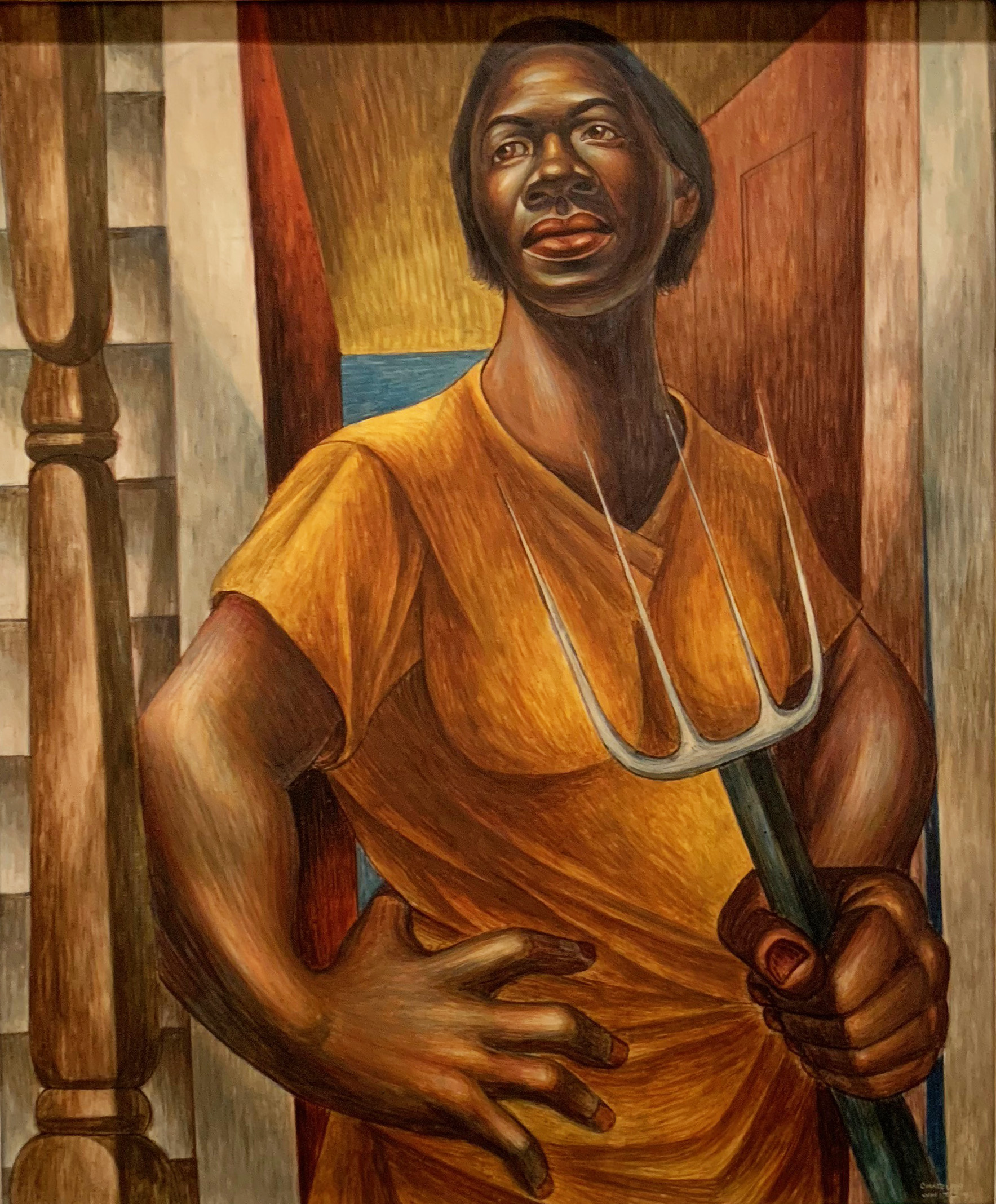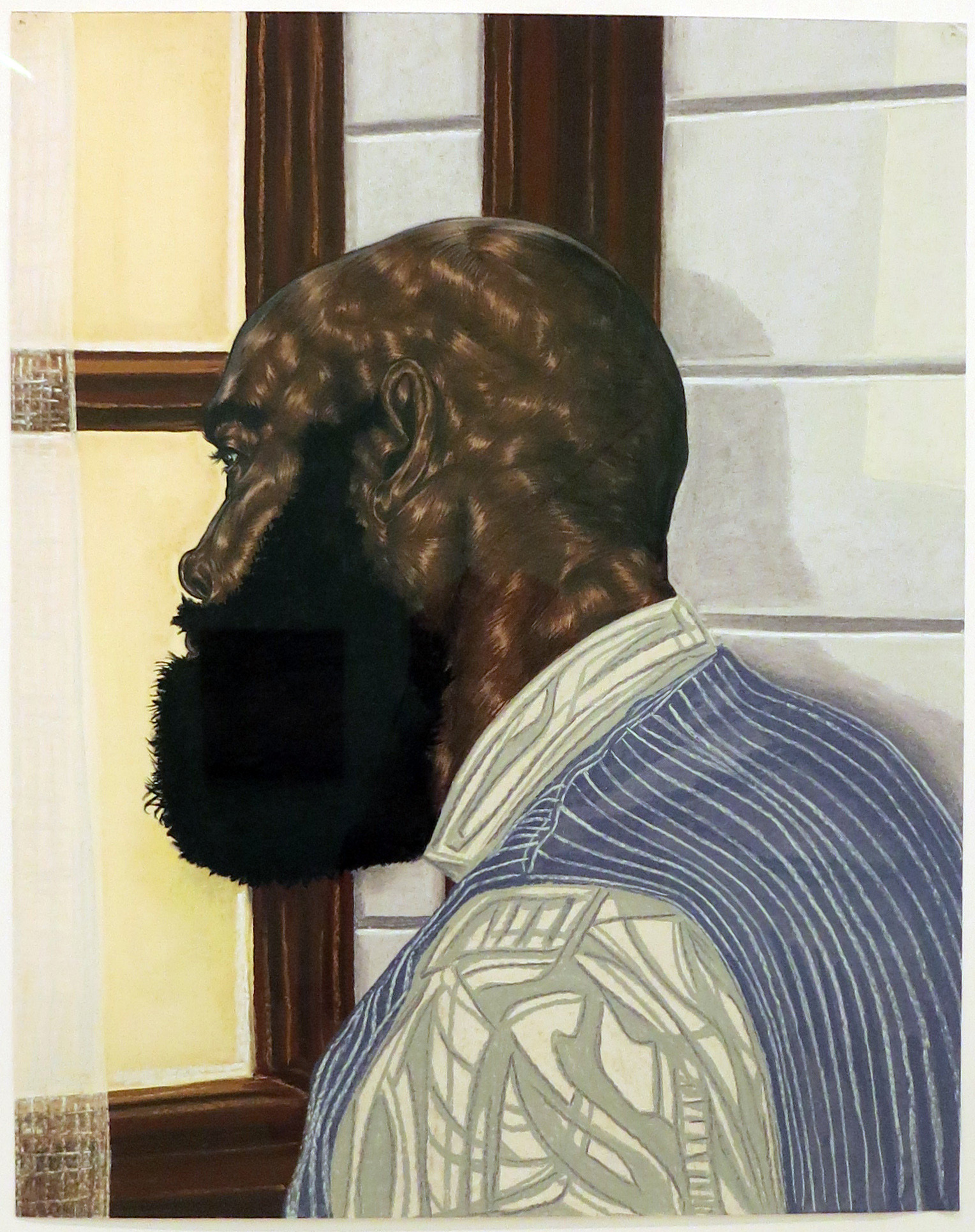This pile of foil-wrapped candy by late artist Felix Gonzalez-Torres pays homage to a sheet of gold – an artwork by Roni Horn that gave Gonzalez-Torres and his dying partner hope. Intended to be taken by individual visitors, Gonzalez-Torres’ free sweets are a gesture of generosity and an expression both of pleasure and of loss as the pile of candies gradually dwindles. Similarly, his ‘Untitled’ (Fortune Cookie Corner) from 1990 offers participants a positive message in the form of a fortune cookie, piles of which are currently installed from Buenos Aires to Beijing in hundreds of places, from parks to public kitchens, outside of museums and stores and in private homes. Initiated by Andrea Rosen Gallery & David Zwirner Gallery, the New York Times suggests that the project “addresses the grief of today’s pandemic – just as it did the AIDS crisis.” (On view through July 5th.)
